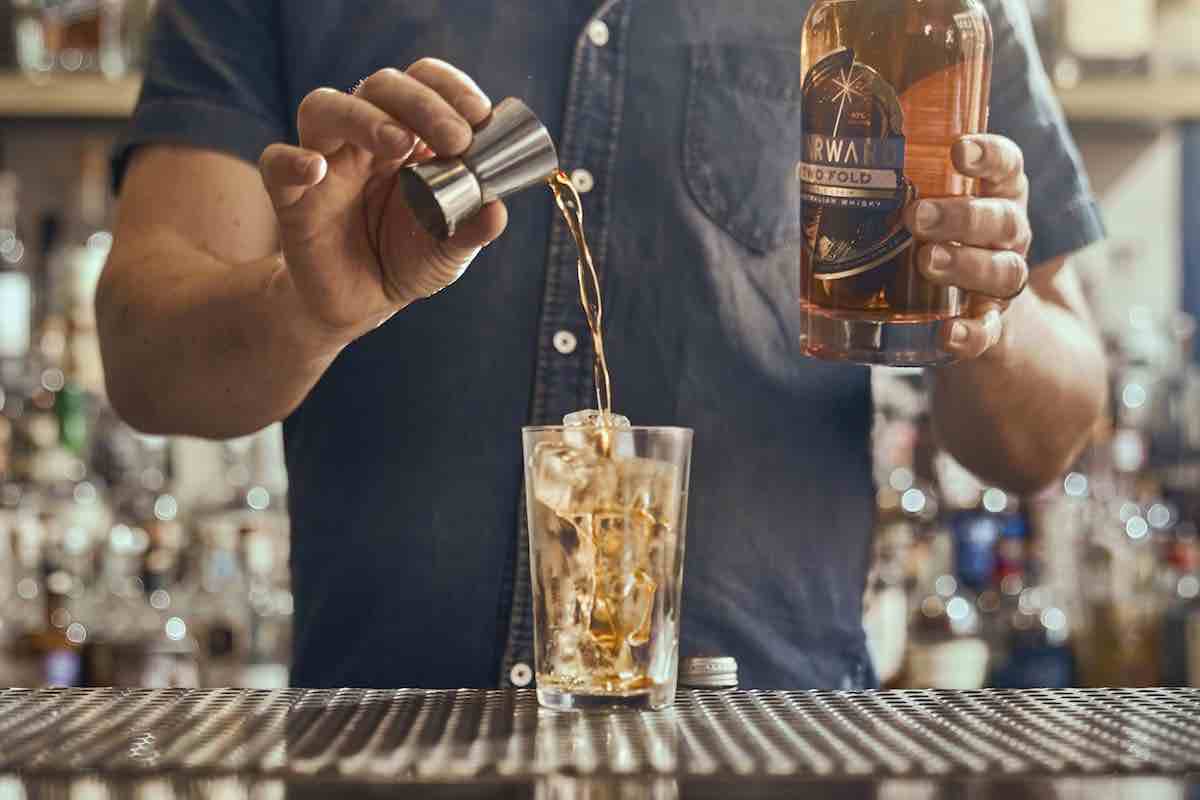Upon first reflection, the term “world whisky” feels a bit like “world music”: amorphous, confusing, and maybe a little suspect. But in the course of a virtual tasting focused on makers of single malt whisky—and more—across four continents, a closer definition emerged: whisky that isn’t trying to replicate the methods of the old-world, but instead utilize its native climate, culture, and resources to make something that couldn’t possibly come from anywhere else.
If you’re looking to try that proposition out via a snifter glass sometime soon, the four labels listed below are well-worth a look.
Brenne Whisky (France)
France’s Brenne is distilled from heirloom barley at a third-generation cognac house with its own century-old proprietary yeast strain. The distillation occurs in the house’s cognac still, an alembic still, which unlike a pot still features a second, smaller “onion dome” that imparts a fruiter character on the distillate (founder Allison Parc says the still is responsible for about 30% of the whisky’s end flavor).
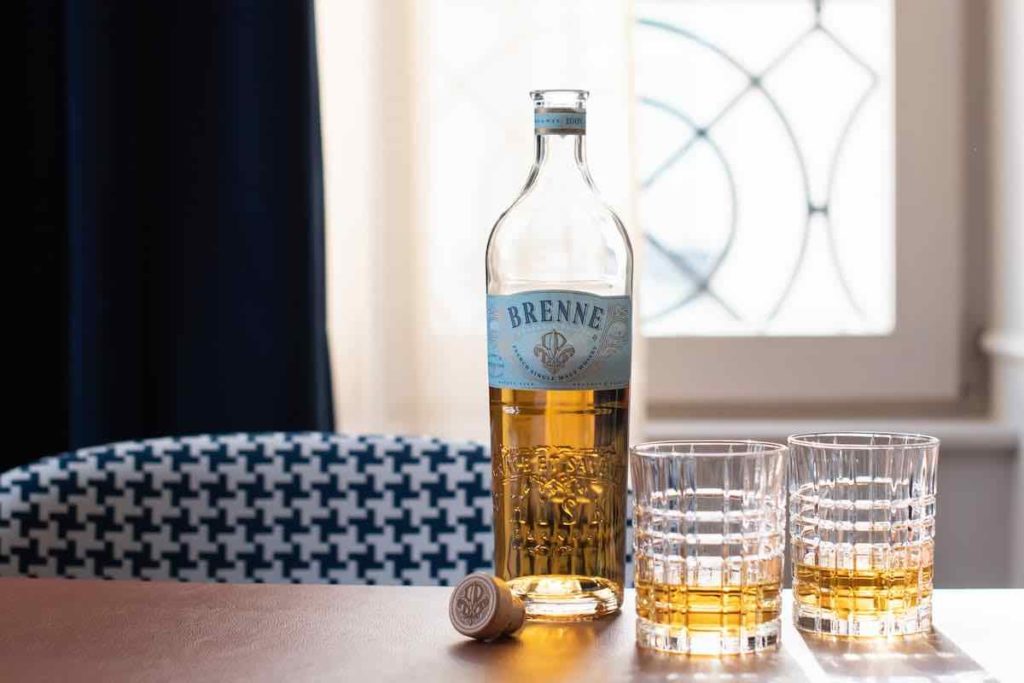
Brenne also carries the distinction of being the only single malt in the world to be aged solely in French oak and XO cognac barrels. The cognac barrels it utilizes come directly from its distiller, allowing the whisky to enter the cask while it’s still wet.
“The beauty of making single malt whisky outside of Scotland is your ability to innovate with local and indigenous ingredients. It’s your ability to broaden the spectrum of available flavors in what people know to be single malt whisky,” Parc says.
The label, which debuted in 2012, currently distributes two expressions: Brenne Estate Cask, which is aged between 6-8 years, and Brenne 10, which is limited to 300 cases annually.
Starward Whisky (Australia)
Melbourne-based Starward aims to make accessible yet distinctly Australian whisky by aging in still-wet wine casks from native vineyards. It uses Australian barley to make its two single malts: Nova, the flagship, and Solera, which is matured in fortified wine casks in the solera style. It also produces Two–Fold, a double-grain whisky made with 60% native wheat and 40% native barley that’s sold in single barrel bottlings on a limited basis.
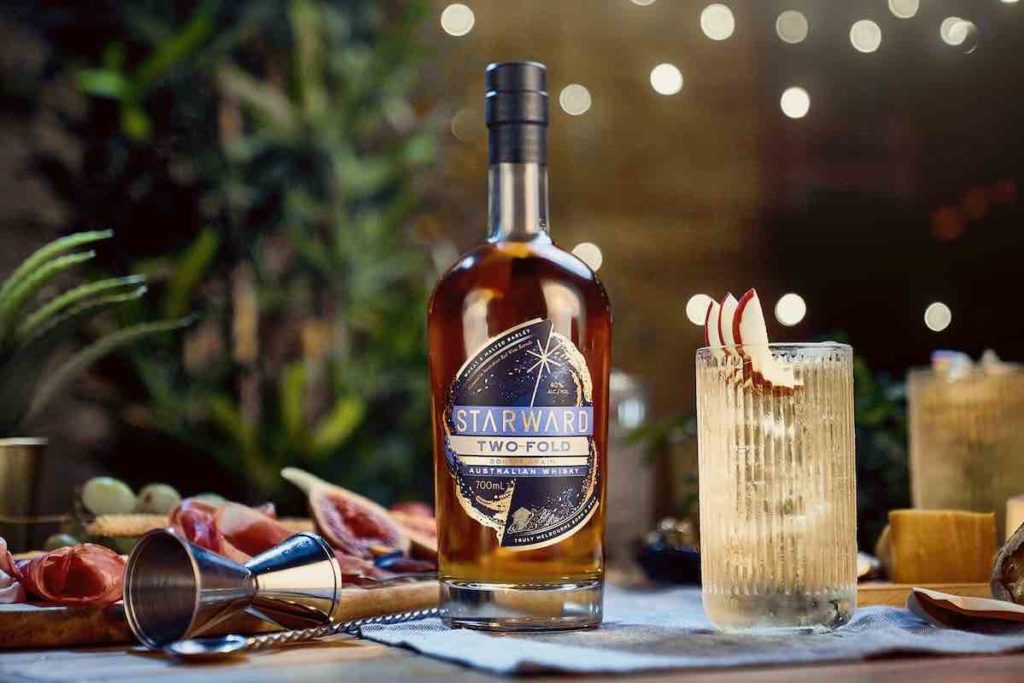
Starward’s location impacts its whisky in two notable ways. The local climate experiences extreme temperature variations thanks to its position between the Outback and Antarctica, accelerating the aging process. The distillery is also within a day’s drive of the lion’s share of Australia’s wineries: Founder David Vitale estimates that about 90% of the vineyards he sources casks from lie within a 5-hour drive.
Vitale, who trained at Tasmania’s famed Lark Distillery, is adamant about creating whisky that’s unique to its place of origin.
“The best [whiskies] talk about the culture of the place as well as the ingredients that influence it,” he says.
M&H Whisky Distillery (Israel)
The M&H Distillery carries the distinction of being Israel’s first whisky distillery and the maker of its first single malt. The distillery lies in Tel Aviv, but it utilizes Israel’s highly diverse climate by aging in locations across the country. In addition to non-climate-controlled warehouses in Tel Aviv, it also places barrels in the colder climes around Jerusalem, the Negev Desert in Southern Israel, and the unique microclimate of the Dead Sea, where high air pressure and temperatures that can exceed 131 degrees Fahrenheit extract a sky-high angel’s share of 25%. Israel has no regulations regarding maturation time for whisky, but the juice that makes up its M&H Classic single malt is aged for at least three years.
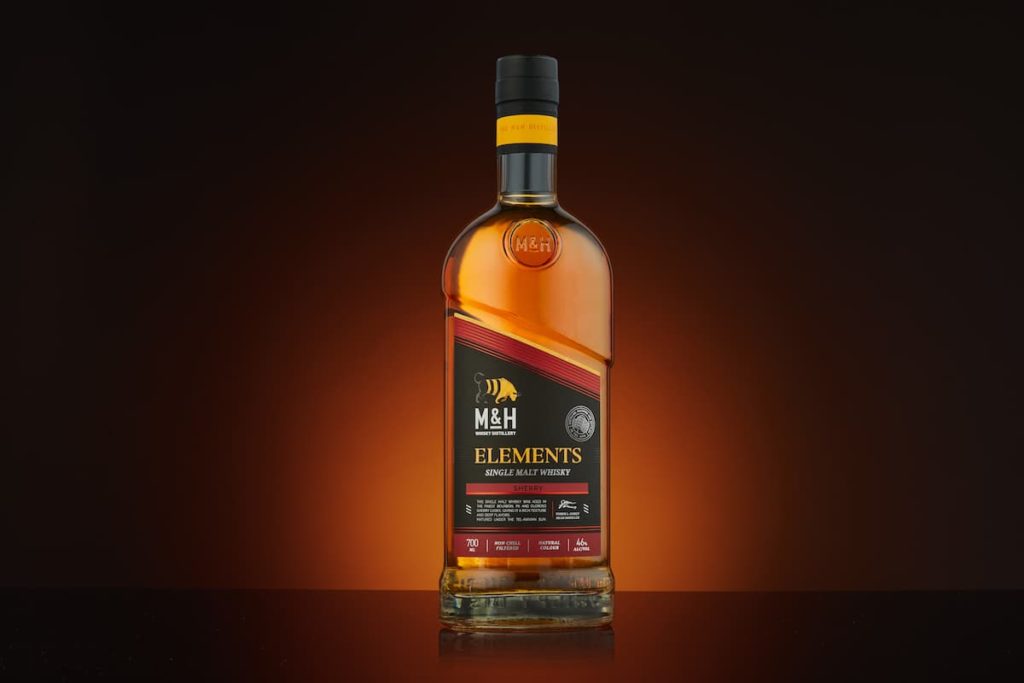
M&H benefited from the guidance of the late Jim Swan, who had previously consulted for other hot-climate whisky makers including India’s Amrut and Taiwan’s Kavalan. They employ Swan’s signature STR—shaved, toasted, and re-charred—method for the red wine casks that make up 15% of the M&H Classic, with the rest constituted by 80% ex-bourbon casks and 5% virgin oak. M&H also sells an “Elements” series, which sees M&H Classic matured in additional select casks to create the Sherry Cask, Peated, and Red Wine Cask expressions.
M&H stands for Milk & Honey, but the company has emphasized its acronym in branding for a deliberate reason. According to international sales manager Tal Chotiner, some drinkers associated the name less with the bible and more with Bailey’s, leading to an understandable bit of customer confusion.
Paul John Whisky (India)
Paul John was founded in 2006, began distilling in 2009, and debuted its single malt whiskies in London in 2012 (they later hit Indian shelves in 2015). It is distilled from Indian six-row barley, which is notable for its higher levels of proteins and tannins.
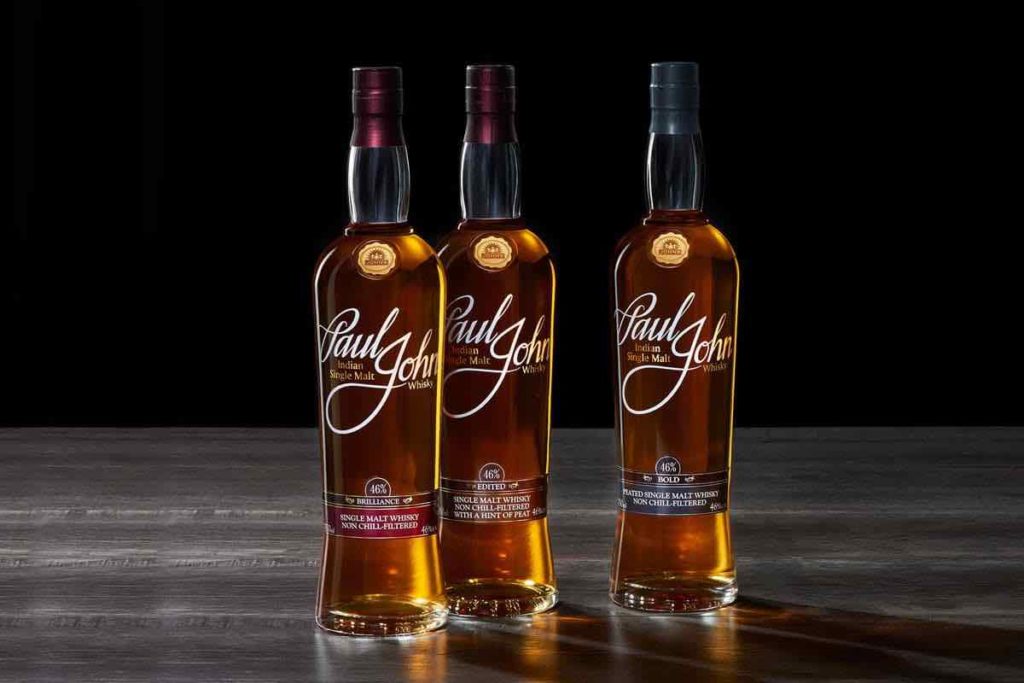
Paul John’s distillery and warehouses are located in the Western state of Goa, whose high temperatures and humidity accelerate the aging process and produce more concentrated flavors. For this reason, Paul John chiefly relies on ex-bourbon casks for maturation, as favoring virgin oak would result in flavor overkill.
The distiller exerts some control over the local climate by aging its whiskies above ground and in an underground cellar. The casks that are aged above ground yield bolder whisky, while the cooler, less humid cellar results in a softer and more delicate outcome.
Paul John Whisky has a broad portfolio, ranging from a trio of flagship single malts—Brilliance, Edited and Bold—to select cask finishes and special editions including an annual Christmas release. But according to Master Distiller Michael D’Souza, the portfolio is united by characteristic flavors of honey, tropical fruits, salt, and nuts, and after aging the whiskies show flavors of coffee mocha and chocolate.
